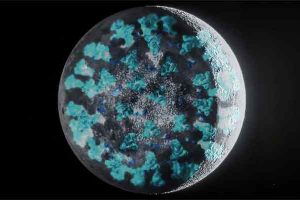
Artificial intelligence and machine learning will be “essential” to finding and proving the existence of extraterrestrial life and UFOs, NASA said.
The space agency recently released its highly anticipated 36-page UFO report that said NASA doesn’t have enough high-quality data to make a “definitive, scientific conclusion” about the origin of UFOs.
Moving forward, AI will be vital to pinpointing anomalies while combing through large datasets, according to the report compiled by NASA’s independent research team on UAPs (unidentified anomalous phenomena), a fancy word for UFO.
“We will use AI and machine learning to search the skies for anomalies… and will continue to search the heavens for habitable reality,” NASA Administrator Bill Nelson said during a Sept. 14 briefing. “AI is just coming on the scene to be explored in all areas, so why should we limit any technological tool in analyzing, using data that we have?”
Dr. Nicola Fox, NASA’s associate administrator, elaborated on Nelson’s point, saying AI “is an amazing tool” to find “signatures that are sort of buried in data.”
That’s how NASA, and scientists around the world, are going to be able to find the metaphorical needle in a haystack, Fox said.
“So a lot of our data are just sort of wiggly line plots. We get excited about wiggly line plots, by the way, but sometimes, you see the wiggles, but you miss a signal,” she said.
“By using artificial intelligence, we can often find signatures. So one example we’ve had is to be able to find signatures of superstorms using very old data that, you know, really is before sort of like routine scientific satellite data.”






